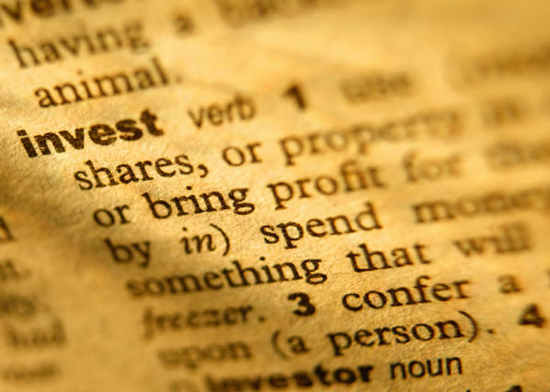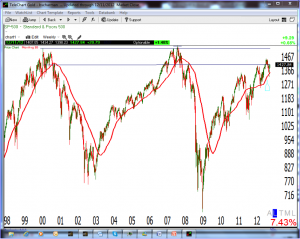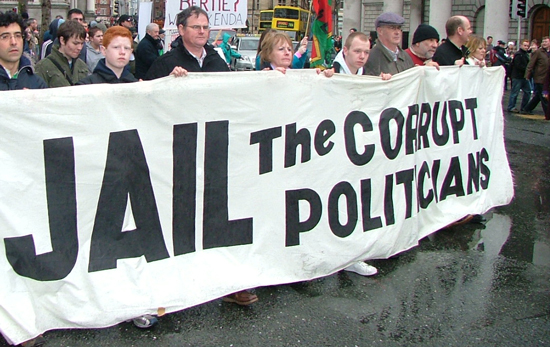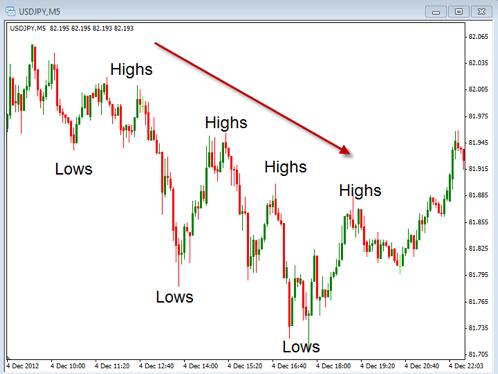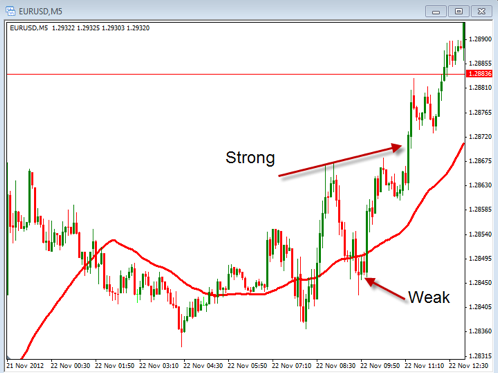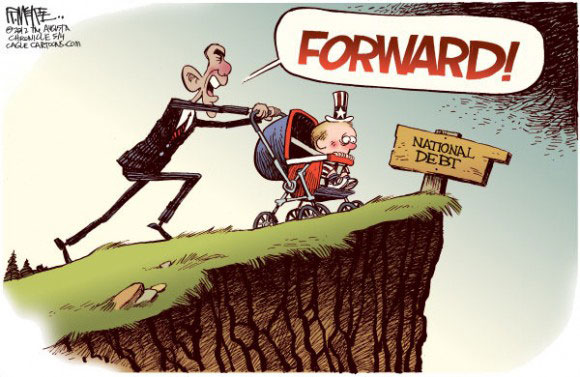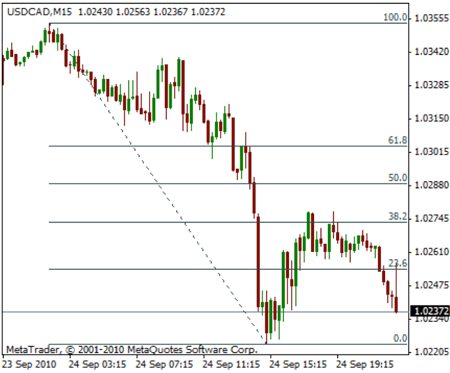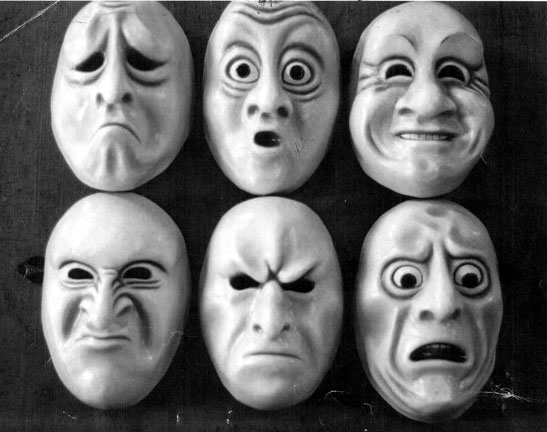So, which is the better way to invest in stocks; buy-and-hold investing or swing trading?
For decades now “Wall Street,” has preached that the only “safe” way to invest in stocks successfully is to buy-and-hold for the long run. Wall Street “experts” have claimed there’s no reliable way to time the market, and you have to be fully invested at all times to benefit from the growth potential that equities offer in the long term. But, does this traditional stock investing philosophy stand up to the current reality?
Let’s look at the current chart of the S&P 500 below as of the close of Tuesday December 11, 2012. Note that it closed at 1427.84 which is LOWER than the high 4 years ago of 1557 in 2008, and is also lower than the high of 1500 in 1999 over 12 years ago. As we look back 12 years ago and see that the market has not risen, but has actually gone down. There is literally NO growth in the last 12 years, but actually has a loss over time for the buy and hold investor. Note there have also been periods when the market has been down significantly from the highs during the last 12 years only to barely climb back to the previous highs, without really breaking any new ground.
The investor’s who were betting on the “buy and hold” strategy to increase their portfolio over the last 12 years, have not only “lost” net worth but have lost more than a decade of opportunity! One contributing factor to this slow down in overall growth are the almost continual bubbles and market corrections due to economic uncertainty. First, the Internet bubble bursting at the end of 1998, then the attacks on the World Trade Center in Sept 2001 and the recession that followed, then the Real Estate Bubble in 2008, now we see the current debt bubble building in the European Union and here in the United States. These bubbles create a lot of volatility in the market and lead to market swings and profitable trading opportunities. And there doesn’t seem to be an end to these bubbles in sight. Because of these “swings” the market has had tremendous movement over the past few years; therefore an active swing type of trading would have been much better and more profitable strategy
While many on Wall Street won’t admit it, the time for making money using buy and hold strategies are gone. The best strategies over the last 12 years have been swing type strategies that take advantage of both the swings up and swings down in the market by both buying in the up trends and selling short in the down trends.
Swing trading has also become much easier and less expensive with the maturing of the internet over the last few years, giving “active” swing trader’s easier access to online brokers and broader investment choices like ETF’s, cheaper commissions, and cheaper, easier to use trading tools.
The old line brokers, still make loads of money selling “buy and hold” mutual funds to investor’s, 401k accounts, for example. The brokerages who issue mutual funds really hope that these accounts become more of a “buy and forget” investment, so they can continue to rake in billions in management fees.
With all of the tools now available, along with the strategies and new instruments available, smart and savvy investors have all but abandoned the “buy and hold” philosophy, in favor of more “active” swing strategies. In light of the fact that going back 4 years or 12 years the overall market hasn’t gone up but is actually lower; who can argue?
Trader’s Challenge: Buy and holder investors- Find a good short term or long term swing trading method (depending on your individual trading style) and take a more active role in your financial/investing future.
